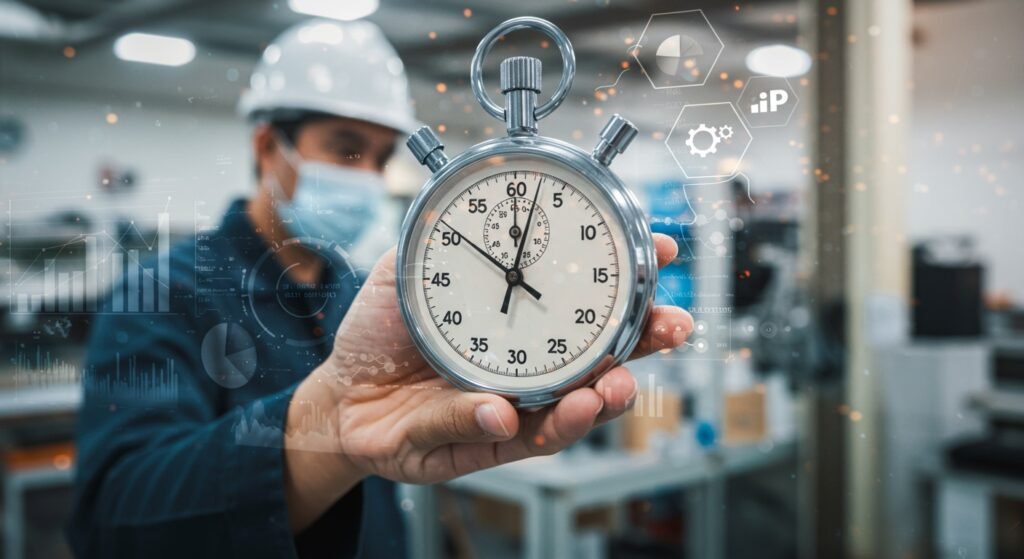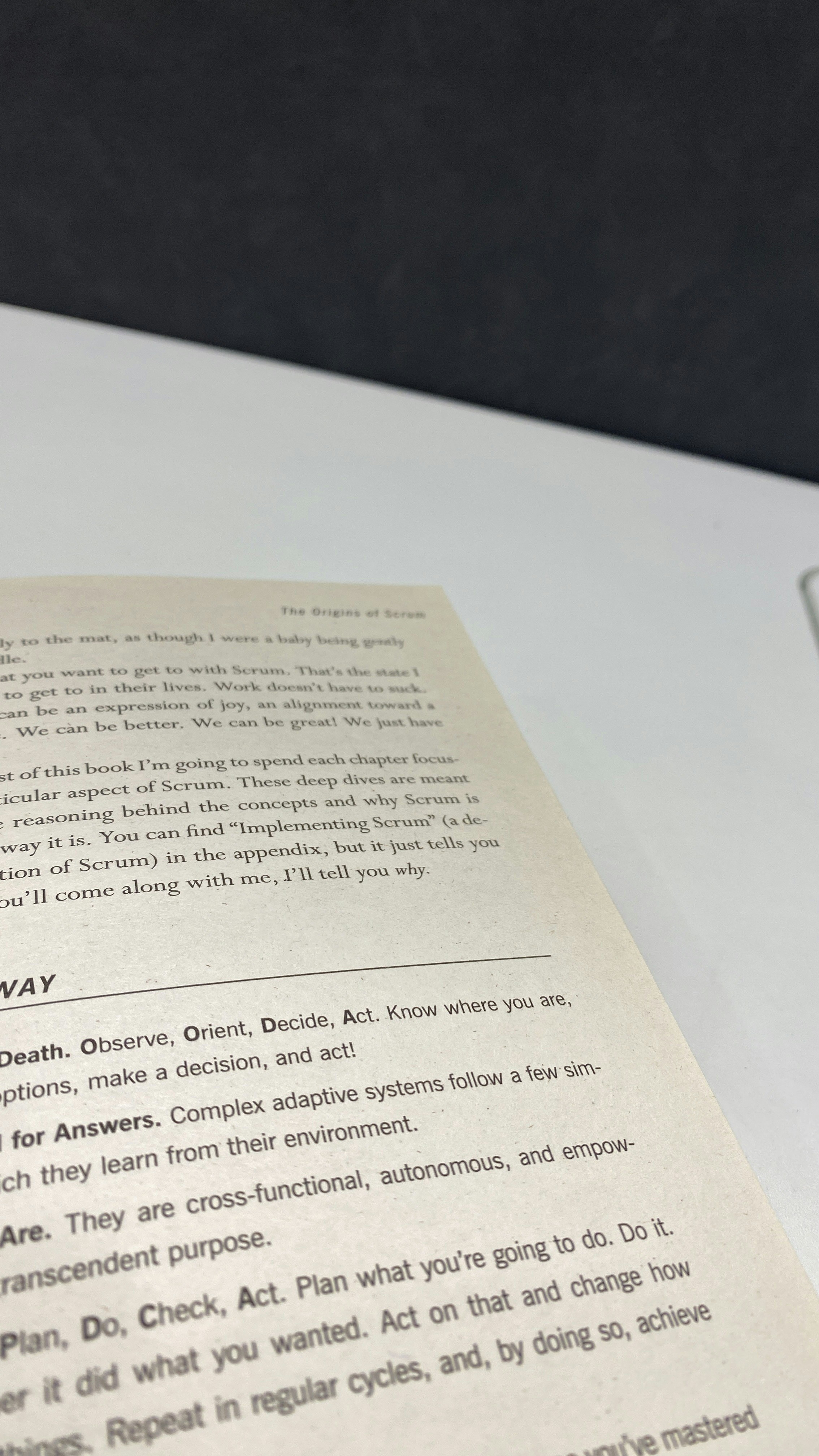8 Essential Time Study Methods Explained for Peak Efficiency
Understanding and applying effective Time Study Methods Explained is crucial for any organization aiming to optimize its processes and boost productivity. This foundational concept in industrial engineering allows businesses to systematically observe, measure, and analyze the time required to complete specific tasks. By dissecting work into measurable elements, companies can identify bottlenecks, streamline workflows, and establish fair performance standards. Whether you’re looking to enhance manufacturing lines, improve service delivery, or simply understand how work truly gets done, mastering these methods is your first step towards achieving operational excellence.
Table of Contents
- What is Time Study?
- Key Principles Behind Effective Time Studies
- Common Time Study Methods Explained
- The Process of Conducting a Time Study
- Benefits and Challenges of Time Study Methods
- Modern Trends in Industrial Engineering and Time Study
- Conclusion
What is Time Study?
Time study is a direct and continuous observation of a task using a stopwatch or other timing device to record the time taken to accomplish each element of the task. It’s a systematic approach to determine the standard time for a task, considering an average worker operating at a normal pace. This data is then used for various purposes, including setting production targets, balancing assembly lines, calculating labor costs, and developing incentive schemes. The ultimate goal is to improve overall work efficiency and organizational output.
Key Principles Behind Effective Time Studies
Standardization
Before any timing begins, the method of work must be standardized. This ensures that the time measured is for a consistent process, allowing for accurate comparison and analysis. Deviations in the method can significantly skew results.
Objectivity
The observer must maintain complete objectivity. Personal bias or preconceived notions about the worker or task can lead to inaccurate observations and timings. Rigorous training for time study analysts is vital to achieve this.
Accuracy
Precision in measurement is paramount. Using appropriate timing devices and ensuring detailed recording of elemental times contributes to the accuracy of the study. Small errors can compound, leading to significant inaccuracies in standard times.
Common Time Study Methods Explained
While the stop-watch method is the most traditional, several other techniques offer alternatives for different scenarios:
1. Stop-Watch Time Study
This is the classic, most direct method. An observer uses a stopwatch to measure the time taken for each element of a task, repeatedly over several cycles. The observed times are then adjusted for worker performance (rating factor) and allowances (for fatigue, personal needs, etc.) to arrive at a standard time.
2. Work Sampling (Activity Sampling)
Instead of continuous observation, work sampling involves making random observations of a group of workers or machines over a period. At each observation, the activity being performed is recorded. This method is particularly useful for long-cycle tasks or when studying multiple workers simultaneously, providing a statistical estimate of the proportion of time spent on various activities.
3. Predetermined Motion Time Systems (PMTS)
PMTS are systems that use pre-established times for basic human motions (e.g., reaching, grasping, moving, positioning). Examples include Methods-Time Measurement (MTM) and Work-Factor. These systems allow for the development of standard times without direct observation, often used during the design phase of a new process or product.
4. Standard Data
This method involves using pre-existing time study data from similar tasks or operations to set new standards. It’s efficient because it avoids the need for new, direct time studies, but requires a robust database of past studies and careful consideration of the applicability of old data to new tasks.
5. Synthesized Data
Similar to standard data, but involves combining elements from various existing time studies to create a new standard time for a complex task. It’s a way to ‘build’ a standard without conducting a full new study.
6. Elemental Data
Breaking down tasks into their smallest, most fundamental elements and then timing each element individually. This provides highly granular data that can be reassembled for different task combinations.
7. Regression Analysis
For tasks where time varies significantly based on certain parameters (e.g., number of units, length of cut), regression analysis can be used. Historical data is analyzed to find a mathematical relationship between task time and influencing factors, allowing for predictive time estimation.
8. Computerized Time Study
Modern approaches often leverage software and digital tools for data collection, analysis, and report generation. This can involve video analysis, automated data logging, and advanced statistical tools, significantly increasing efficiency and accuracy compared to manual methods.
The Process of Conducting a Time Study
A typical time study involves several systematic steps:
- Define the Objective: Clearly state what you aim to achieve (e.g., set a new standard, identify inefficiencies).
- Select the Worker/Task: Choose a representative worker and ensure the task is well-defined and standardized.
- Break Down the Task: Divide the task into measurable, distinct elements.
- Observe and Time: Use a stopwatch to record the time taken for each element over multiple cycles.
- Rate the Worker’s Performance: Subjectively assess the worker’s pace relative to a normal pace (e.g., 90%, 110%).
- Calculate Normal Time: Observed Time × Rating Factor.
- Apply Allowances: Add allowances for personal needs, fatigue, and unavoidable delays (e.g., 15-20%).
- Determine Standard Time: Normal Time + Allowances.
Benefits and Challenges of Time Study Methods
Time study, while powerful, comes with its own set of advantages and hurdles.
Benefits:
- Improved Efficiency: Identifies wasted motion and non-value-added activities.
- Accurate Costing: Provides realistic labor cost data for product pricing.
- Performance Standards: Establishes fair and achievable benchmarks for workers.
- Production Planning: Aids in forecasting production capacity and scheduling.
- Process Improvement: Pinpoints areas ripe for workflow optimization.
Challenges:
- Observer Bias: Subjectivity in performance rating can lead to inaccuracies.
- Worker Resistance: Employees may feel scrutinized or distrust the process.
- Hawthorne Effect: Workers may change their natural pace when observed.
- Variability: Tasks with high variability or low repetition are difficult to study accurately.
- Time and Cost: Can be resource-intensive, especially for detailed studies.
| Method | Primary Use Case | Pros | Cons |
|---|---|---|---|
| Stop-Watch Time Study | Repetitive, short-cycle tasks | High accuracy for specific tasks, direct observation | Observer bias, worker reactivity, time-consuming |
| Work Sampling | Long-cycle, varied tasks, group activities | Less intrusive, cost-effective for large groups, statistical validity | Less granular data, requires many observations |
| PMTS (e.g., MTM) | New process design, pre-production analysis | No direct observation needed, objective, good for method analysis | Requires trained analysts, may not capture real-world variability |
| Standard Data | Similar, pre-studied tasks | Fast, cost-effective, consistent standards | Relies on existing data, may not perfectly fit new tasks |
Modern Trends in Industrial Engineering and Time Study
The field of industrial engineering continues to evolve, with new trends impacting how time studies are conducted. Digitalization and advanced analytics are transforming traditional methods. Wearable sensors, video analytics software, and AI-powered observation tools are becoming more common, offering less intrusive and more objective data collection. These technologies help overcome some of the traditional challenges, providing more accurate and comprehensive insights into operational times and processes. The future of time study lies in integrating these technological advancements with the tried-and-true principles to achieve even greater precision and efficiency.
Conclusion
The diverse array of Time Study Methods Explained provides organizations with powerful tools to analyze, optimize, and standardize their operations. From the classic stop-watch approach to modern digital solutions, each method offers unique advantages for different contexts. By carefully selecting and diligently applying these techniques, businesses can not only reduce waste and improve productivity but also foster a culture of continuous improvement, leading to sustained competitive advantage in today’s dynamic global marketplace.


